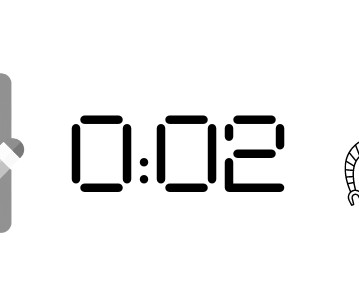Reflections on a Decade of Designing and Facilitating Interactive Webinars
Beth's Blog: How Nonprofits Can Use Social Media
AUGUST 14, 2015
I thought I’d take this opportunity to reflect again on a decade of experience of designing and delivering interactive webinars. In order to do that, you have to think like an instructional designer ! This requires a lot of more thinking through the design and technical practice to run smoothly.).

















Let's personalize your content